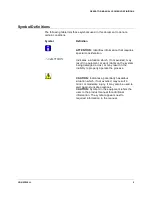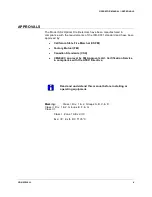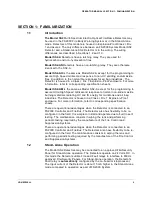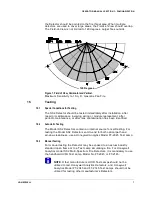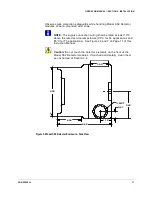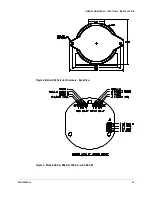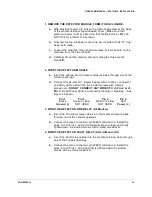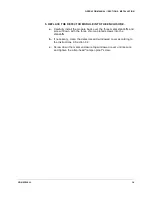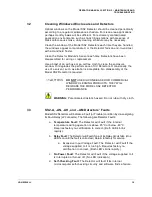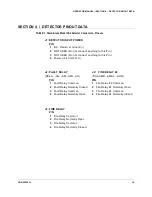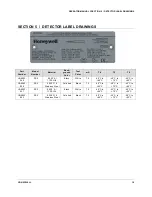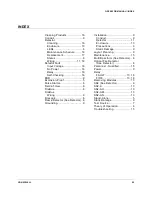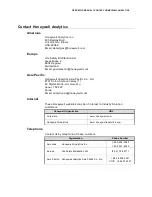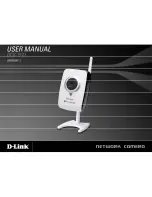
OPERATOR MANUAL // SECTION 2: INSTALLATION
HONEYWELL
9
SECTION 2: INSTALLATION
2.1
Installation Procedure
This section describes the installation of the Model SS2 Detectors for the
Stand-Alone mode. Utilization of junction boxes is recommended for the
Detectors wiring.
2.1.1
Installation Precautions
The following precautions should be observed during installation of Model
SS2 Detectors.
1.
Make sure that external electrical power is turned
OFF
before connecting to
the Detector
.
2.
Do not handle the Detector's module (with its printed circuit boards)
without grounding.
Printed circuit board components are susceptible to
damage from electrostatic discharge.
2.1.2
Conduit Installation
The following recommendations should be observed when planning
conduits.
1.
In case only one of the two 3/4 inch NPT conduit openings on the Detector
enclosure is used, seal the unused opening with a threaded plug and
approved sealing material.
2.
In areas where moisture may accumulate, install an approved conduit trap
or drain.
3.
For applications requiring a Class I, Div. 1 Explosion-Proof rating, install a
seal within 6 inches of the enclosure.
2.1.3
Wiring Recommendations
Install a junction box near each Detector location. Wire each Detector to
the junction box. Use screw-down terminal strips inside the junction box to
make the connections to the Detector's terminals and an Approved Fire
Alarm Panel. Use only approved junction boxes and terminal strips.
Avoid wire splices. However, if wire splices are necessary, Honeywell
Analytics recommends soldering all splices.
The use of good wiring
practices will greatly improve the ease and reliability of installation, and
facilitate servicing.
2.1.4
Power Supply Considerations
Model SS2 Detectors use 24 Volts DC at a maximum current of
100
milliamps. Make sure that the Panel's power supply can handle the current
load of the total number of Detectors connected to it. For example, if 10
Detectors are used on one Panel's power supply, (multiply
100
mA 10 times)
the Panel's power supply must be able to handle at least
1,000
mA (
1.0
A). This current load must also be considered while calculating the Panel's
24-hour backup power requirements.



